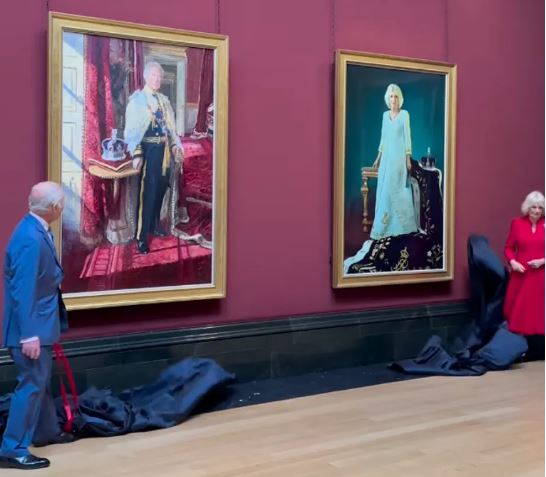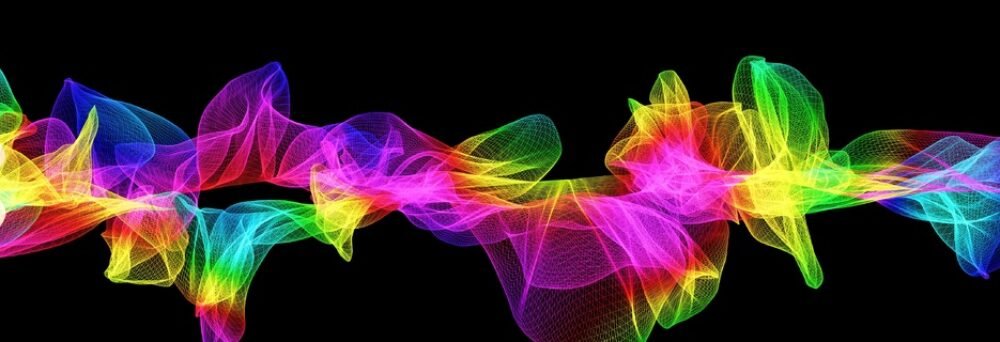Explore the diverse reactions to the coronation portraits of King Charles and Queen Camilla, showcasing public sentiment and artistic interpretation.
The coronation of King Charles III and Queen Camilla marked a significant moment in British history, reflecting not only the continuity of the monarchy but also the evolving relationship between the royal family and the public. As part of the coronation festivities, official portraits of the new king and queen were released, showcasing them in their regal splendor. However, these portraits have elicited a wide range of reactions from the public, critics, and royal watchers alike.
The Portraits: A Closer Look
The portraits, taken by renowned photographer Hugo Burnand, depict King Charles III in his ceremonial regalia, complete with the St. Edward’s Crown, while Queen Camilla is portrayed in a stunning gown adorned with intricate details. The backdrop of the portraits features elements symbolic of the British monarchy, including the royal coat of arms and lush greenery that evokes the English countryside.

In these images, King Charles appears dignified and stately, embodying the traditional image of a monarch. His expression is one of calm resolve, perhaps reflecting his long-held commitment to public service and environmental advocacy. Queen Camilla, on the other hand, exudes warmth and approachability, a deliberate choice that may aim to soften her public image, which has been scrutinized over the years.
Public Reception: A Mixed Bag
While some viewers praised the portraits for their elegance and historical significance, others expressed disappointment or criticism. Supporters of the monarchy viewed the images as a fitting tribute to the new reign, celebrating the continuity of tradition and the royal family’s role in British society. Many admired the attention to detail in the attire and the overall composition of the portraits, which they felt captured the essence of the couple’s personalities.
Conversely, critics pointed out that the portraits felt overly staged and lacked authenticity. Some social media users remarked that the images seemed disconnected from the realities of modern Britain, suggesting that they do not reflect the everyday lives of the people. This sentiment was echoed by commentators who argued that the portraits, while visually striking, failed to resonate with a younger audience increasingly disenchanted with the monarchy.
The Role of Social Media

The advent of social media has transformed how royal portraits are received and discussed. Platforms like Twitter and Instagram became battlegrounds for opinions, with hashtags related to the coronation portraits trending shortly after their release. Users shared their thoughts, memes, and even parodies, illustrating the diverse range of reactions.
Some users lauded the portraits as a celebration of British heritage, while others criticized them as relics of a bygone era. The immediacy of social media allowed for a rapid exchange of ideas, creating a space where both admiration and skepticism could coexist. This duality reflects a broader conversation about the monarchy’s relevance in contemporary society.
Historical Context
To fully appreciate the mixed reactions to King Charles and Queen Camilla’s coronation portraits, it is essential to consider the historical context. The British monarchy has long been a symbol of national identity, but its role has evolved significantly over the decades. From the abdication crisis of King Edward VIII to the tumultuous reign of Queen Elizabeth II, the monarchy has faced numerous challenges that have tested its place in British life.
King Charles III ascended to the throne during a time of heightened scrutiny and changing public sentiment towards the royal family. The legacy of Princess Diana, the impact of Brexit, and the ongoing discussions surrounding social justice and inequality have all shaped the public’s perception of the monarchy. In this light, the coronation portraits serve not only as a celebration of a new era but also as a reflection of the complexities surrounding royal representation.
Artistic Interpretation
The artistic choices made in the portraits also sparked debate. Critics noted that the traditional approach to royal portraiture may not align with the current cultural climate, where authenticity and relatability are increasingly valued. The use of grandiose settings and elaborate costumes, while historically significant, was seen by some as an outdated portrayal that does not resonate with the realities of modern life.
On the other hand, supporters argued that the portraits pay homage to the rich history of the monarchy, emphasizing the importance of tradition in a rapidly changing world. They viewed the portraits as a necessary reminder of the stability and continuity the monarchy can provide, particularly during uncertain times.
The Future of Royal Portraits

As the public continues to grapple with the implications of the coronation portraits, questions arise about the future of royal imagery. Will future portraits adapt to reflect a more modern sensibility, or will they remain rooted in tradition? The mixed reactions to King Charles and Queen Camilla’s portraits suggest that there is a delicate balance to be struck between honoring the past and embracing the present.
Royal watchers speculate that upcoming portraits may incorporate more informal elements, showcasing the couple in candid moments or engaging with the public. This shift could help bridge the gap between the monarchy and the people, fostering a sense of connection that has been increasingly sought after in recent years.
Conclusion
The coronation portraits of King Charles III and Queen Camilla have sparked a vibrant discussion about the role of the monarchy in contemporary Britain. While some celebrate the elegance and tradition encapsulated in these images, others question their relevance in a modern context. As the monarchy navigates this complex landscape, the portraits serve as a reminder of the ongoing dialogue between tradition and modernity, reflecting the diverse opinions that shape public perception of the royal family.
Ultimately, the mixed reactions to the coronation portraits highlight the evolving nature of the monarchy and its relationship with the British people. As King Charles and Queen Camilla embark on their reign, these portraits will undoubtedly remain a point of reference in the ongoing conversation about the future of the monarchy and its place in the hearts and minds of the nation.

